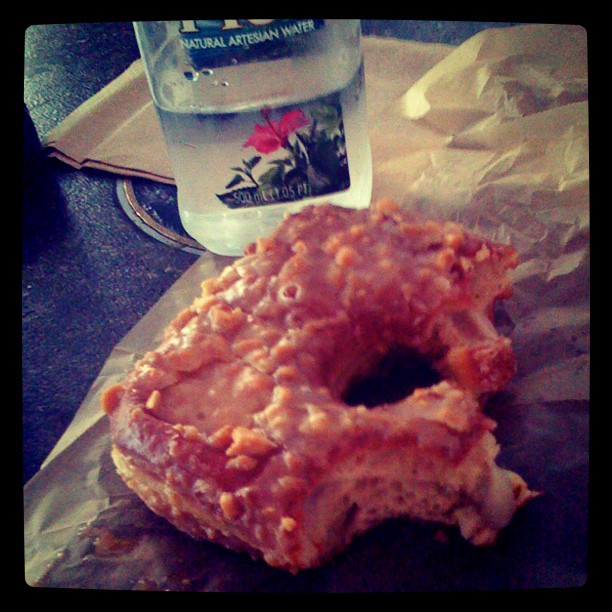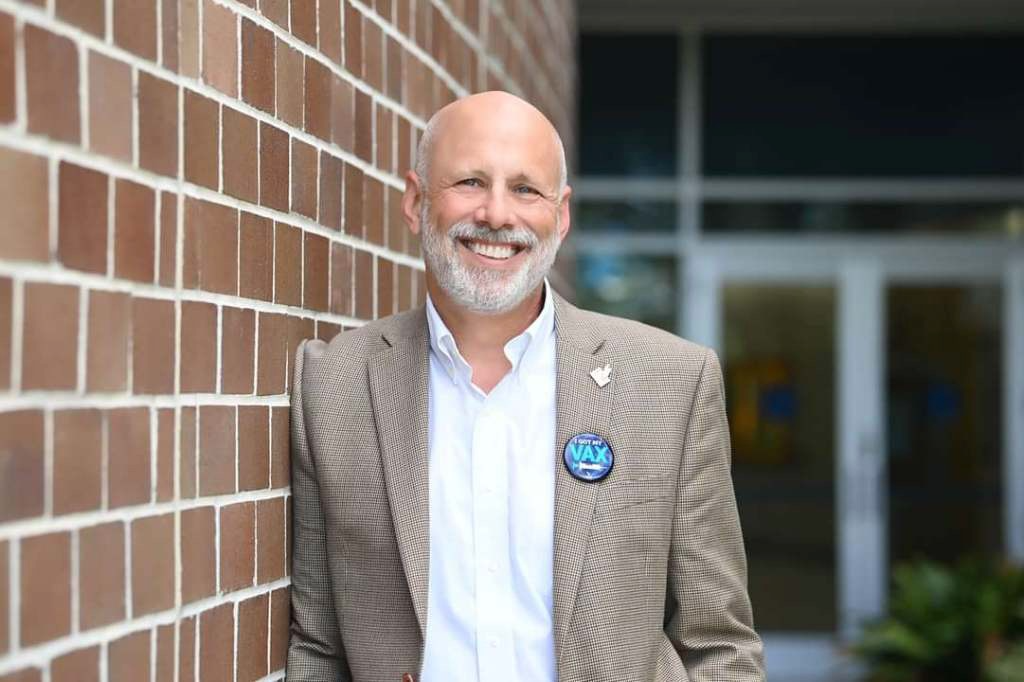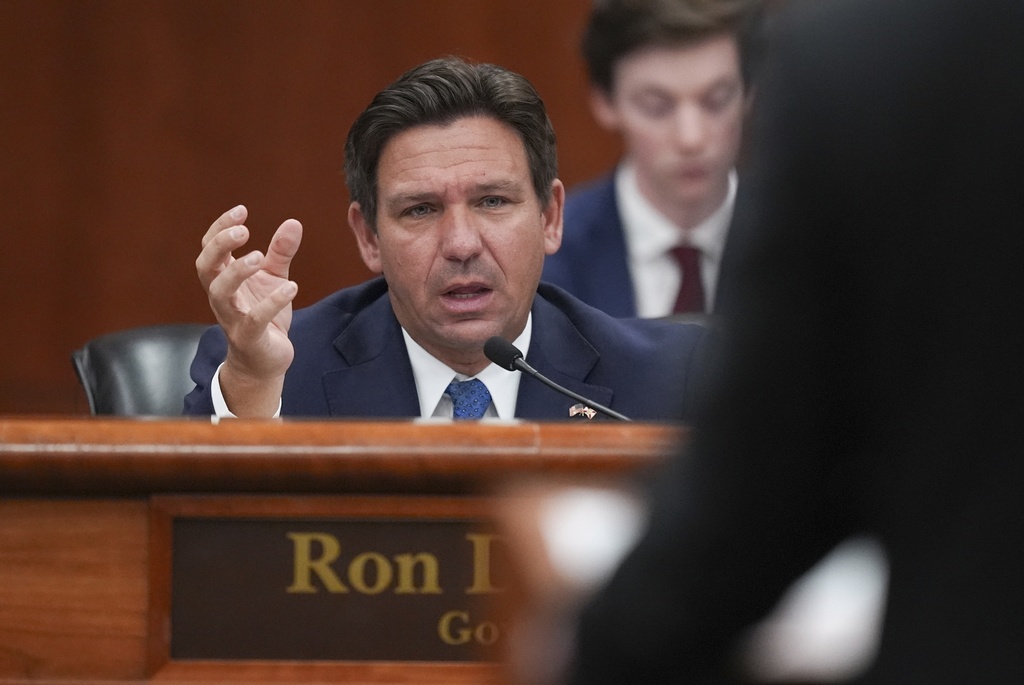 If a server drops a be-careful-it’s-hot plate of food in front of my grumbling stomach before I have the chance to whip out my iPhone, I’m doing it wrong.
If a server drops a be-careful-it’s-hot plate of food in front of my grumbling stomach before I have the chance to whip out my iPhone, I’m doing it wrong.
Once my — as of late — meatless dish stares at me, I feel more than obligated to render myself a 3-megapixel memory.
And as if that’s not enough, I process it through some weird filter that makes my edibles look like I know nothing about white balance — and, sometimes, as if it were an antique shot of grub a la Nashville in the 1940s.
As I fork the first bite of my now-lukewarm dish into the contraption I more widely use to talk, I always wonder why I had to — just had to — take a picture of this rice, wrap or Waldorf salad.
“Ryan,” I ask myself, “is it worth it that your food is now a bit less fresh from beneath the heating lamps?”
I, of course, always decide it’s worth it — if only for the fact that the establishment’s lighting provides an interesting warm feel to my photos. Toss in Instagram’s blur filter, and I’ve served up one pseudo-artistic, delicious meal right onto my followers’ feeds.
But as my food settles into a roomier temperature, my brain travels off onto the untraveled fork prong. You know the one — misshapen from slight negligence paired with whimsical curiosity.
From this whimsical curiosity, I’ve started to wonder how — or if — restaurants in the future will factor in the time it takes for customers to savor their entrees through images before they begin to lather their saliva onto them.
As online sharing becomes even more stalker-friendly (Why does Facebook allow you to sign in using your phone number?), the need to flash the image of every meal into the faces of the Internet population may become natural and decidedly not embarrassing.
Technology users can’t deny that gadgets’ functionalities often provoke the inquiry: Do we actually need to be able to this?
In 2012, it may not seem necessary to take photographs of breakfasts, elevensies and second breakfasts. It’s rather a habit reserved for food bloggers with no reservations — especially when it comes to shooting the perfect still of freshly cooked burritos, burgers or barbecue.
To tech-wary individuals, then, it may seem more than silly to suggest restaurants will heat up their customers’ food — or that spouses will dish out home-cooked meals in competitive-with-Mercury temperatures — for the sole purpose of social bread-breaking.
But this kind of thinking — wondering if meal-makers would eventually cater to the demands of lukewarm-nosh-eating Instagrammers like me — recognizes a reliance on social sharing that previously seemed unnatural.
As we perpetually form the rules of technology and online sharing, habits that seem eccentric or quirky may manifest into necessities. There’s no doubt your parents would not have appreciated hidden monitoring devices in their cars as young adults, but that’s a technology of which they take advantage with your teenage sibling nowadays.
Keeping an eye on the evolution of the ways we use technology can help us predict how the larger world will adapt to the needs of technology users.
So, sure, I may have felt embarrassed that one time at Metro Diner when my waitress asked how my food was mid-Instagram, but maybe in the future, I’ll check my embarrassment at the door.







